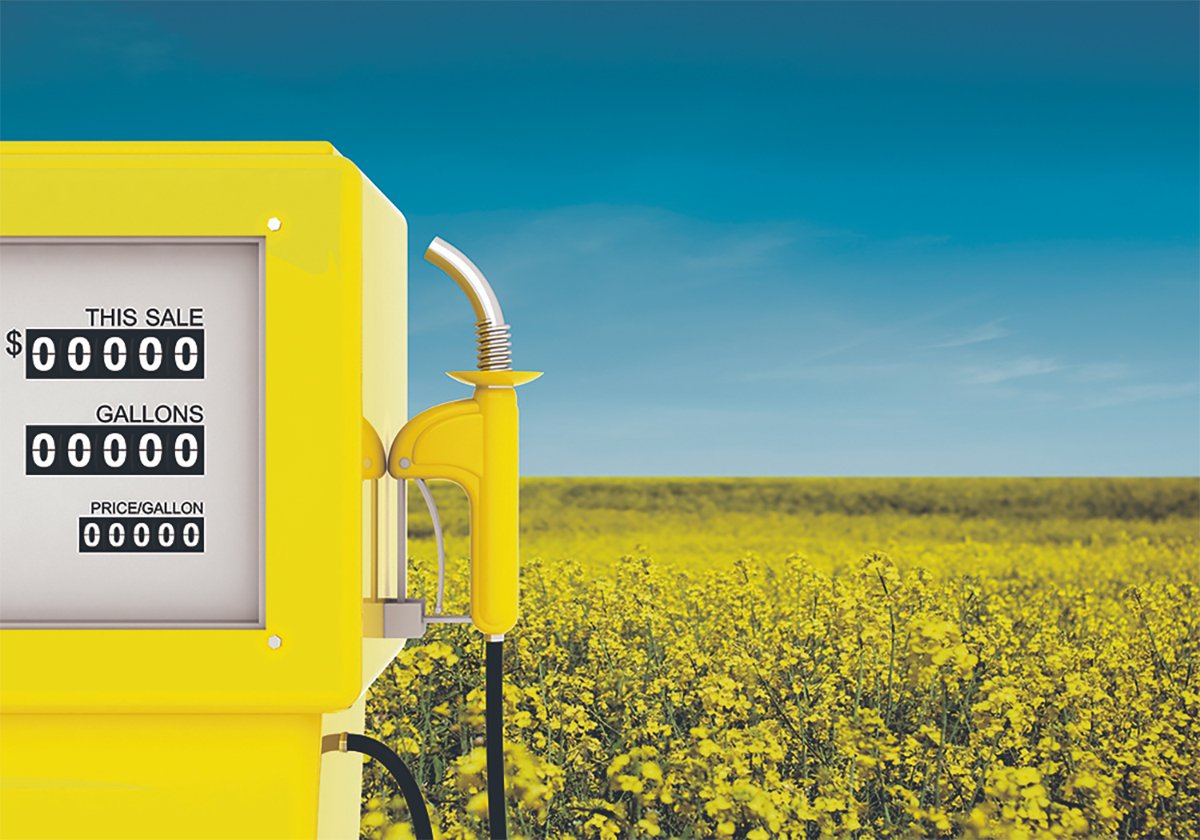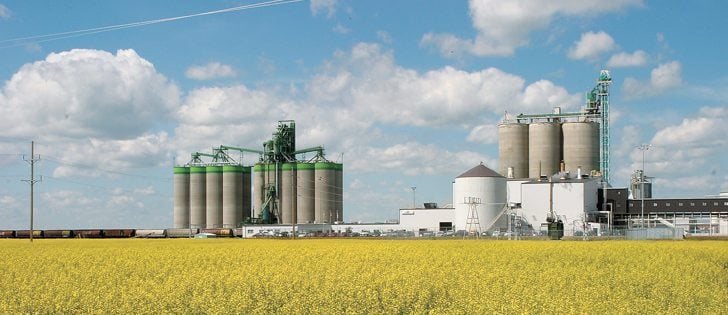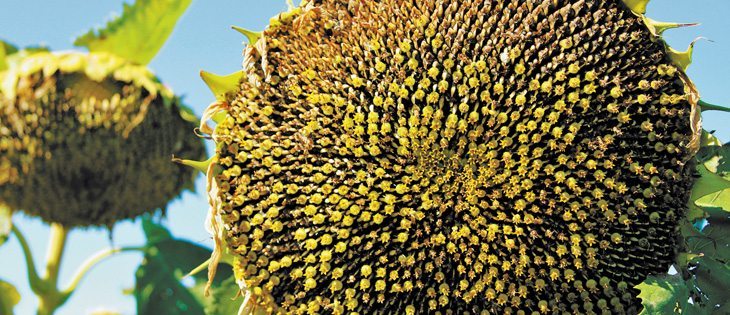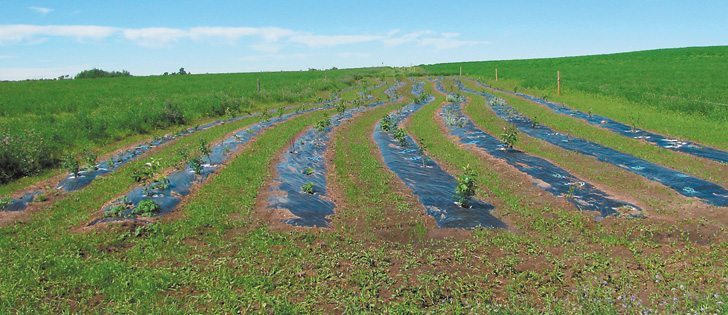Hidden under the bounding joy that Red River Valley farmers feel for canola and soybeans is the jaded tiredness they feel for edible beans and sunflowers.
What were once mainstay crops of the valley are now slipping away.
“We lost the peas. Now we are losing the sunflowers,” said Roy Legumex trader Gabriel Schujman.
This year, farmers in the valley intend to increase acreages of edible beans and sunflowers, according to industry sources and Statistics Canada. However, those increases go nowhere near filling the production and acreage gap created by years of farmers avoiding those crops.
Read Also

Biofuel sector happy with federal budget
Advanced Biofuels Canada says new Biofuel Production Incentive is a lifeline until CFR amendments are in place.
Farmers have fled from specialty crops as canola becomes more profitable and as soybeans become safer and easier to grow in the northern Red River Valley.
Not only are canola and soybeans generally more profitable, but they also can easily be sold in the main commercial grain markets, be easily hedged, have many more crop management options available and varieties are updated and improved regularly.
Growing sunflowers or edible beans pushes farmers into specialized markets and into crops that don’t see new varieties regularly introduced. Production systems don’t contain many contemporary management features and the crops often face intense disease pressure.
Sunflowers, which are still drawing high prices, are unpopular with many farmers in the valley because of chronic problems with sclerotinia.
Schujman said farmers aren’t keen to grow sunflowers when one of the main varieties is 13 years old.
“Nobody wants to risk it any more.”
One way for the market to counteract the production challenges is to pay a premium for a crop, but Roy Legumex manager Ivan Mambourin said bean prices have lagged behind other crops.
“We were anticipating quite a good increase in edible beans a few months ago, but with the recent run-up in commodity prices, the prices of soy, corn and canola have just taken the wind out of the sails,” said Sabourin. “We’re (now only) expecting a slight increase on most varieties that we handle, with the exception of black beans (which we expect to decline).”
Mike Krueger, a broker and adviser with the Money Farm in Fargo, North Dakota, said farmers he deals with are also seeding whatever acres they can to soybeans, but he thinks they will still grow all the edible beans they were planning when they were surveyed in March by the U.S. Department of Agriculture, “which is almost double.”
However, with a tiny acreage base, that won’t flood the market.
Sabourin said his firm is becoming “slightly bullish” on edible bean prices for 2012-13 because of the smaller-than-expected acreage in Manitoba.
“We’re anticipating very tight supply and demand numbers next year,” said Sabourin.
“If we get a 20 percent increase in acres, I don’t think it’s going to be enough to offset the amount of carry-in we’re going to have.”
Competing crops such as soybeans are chasing sunflowers out of the Red River Valley, but Schujman said he hopes new federal money for sunflower variety development will produce at least one variety that farmers will be able to grow with confidence.
“That would be good, but it’s three or four years away,” he said.















